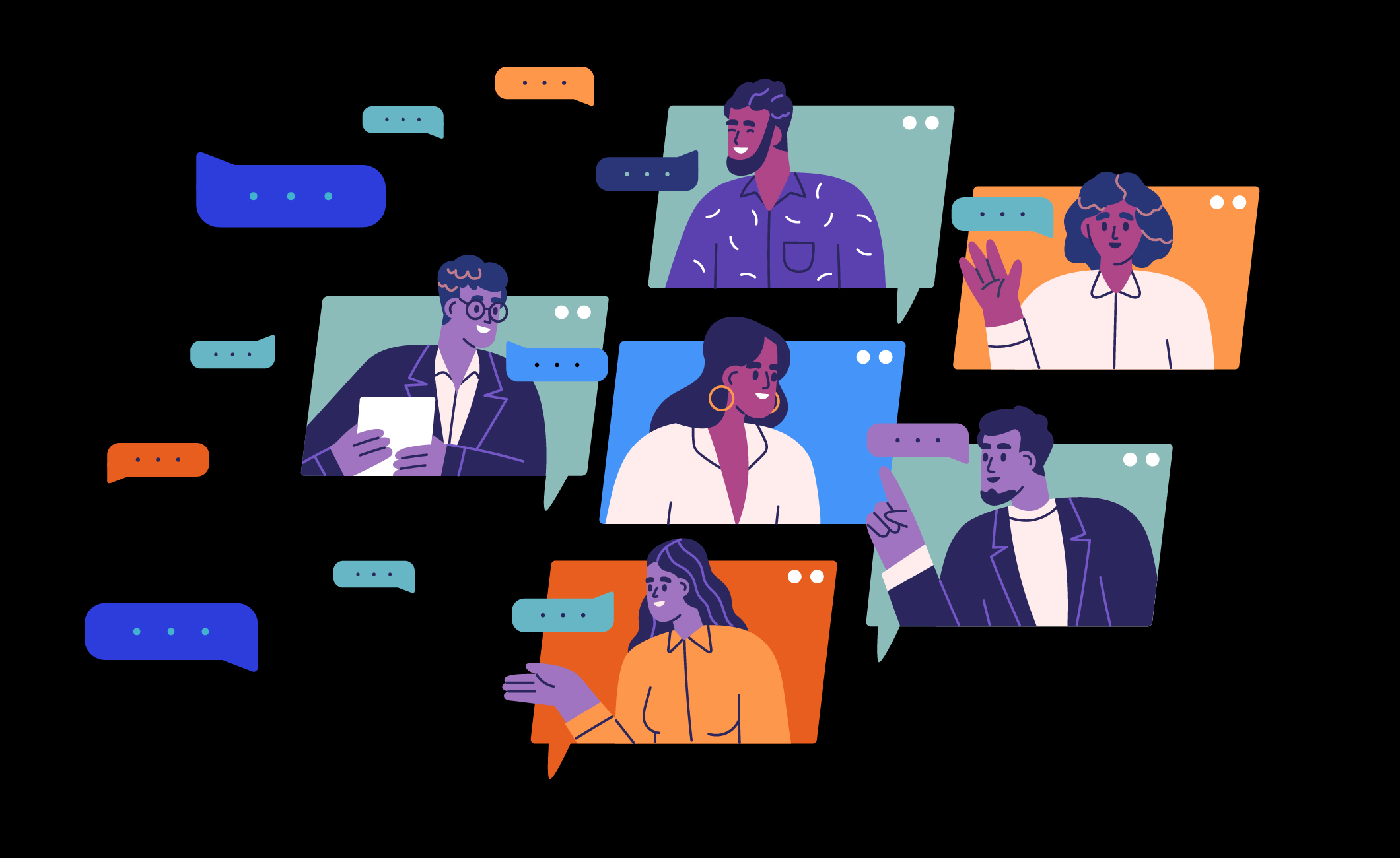For RF|Binder’s June Hour to Empower, we had the opportunity to learn from Dave Singleton, an award-winning writer, author, content creator and multimedia communications specialist. He has a successful communications track record with top multimedia/publishing companies, including Time Warner, Hearst Magazines, Scholastic, Bloomberg BNA, and AARP Media as well as Freddie Mac and The Millstone Evans Group. Many of his inclusive communications efforts are focused on women, LGBTQ+ and minority audiences.
RF|Binder hosts Hour to Empower sessions on a quarterly basis, bringing in a diverse mix of speakers and thought leaders to inspire reflection, strike up meaningful conversations with our colleagues, and drive impact for our clients. This event was in honor of Pride Month.
The below is a summary of the key points and takeaways from the discussion.
Gen Z is on track to be the most diverse generation in American history. That has some major implications for businesses and how they communicate.
We already know that more diverse teams reap stronger business results. Diversity, equity, and inclusion programs are essential frameworks to support populations that society and businesses have historically discriminated against. But many organizations still have not cracked the code on cultivating an equitable company culture and communicating using inclusive language.
With the vast spectrum of identity continuously evolving – across race, ethnicity, sexual orientation, physical and mental ability, gender, etc. – words matter. While that may be a cliché, it’s for good reason. It is increasingly important for organizations to communicate with language that allows for people to not only feel seen, but to drive business impact. We also often overlook types of communication beyond written and spoken word; it includes visuals, graphics, and body language. This requires both intentionality and training for business leaders and employees.
Communication spans internal and external channels; everything from the Slack message to your coworker and the CEO to investors on an earnings call. Language has the power to move markets – and an executive using an offensive idiom, a manager using slang, or sensitive data presented in the wrong way, all can dent an organization’s reputation with employees, partners, and customers. On the flip side, using inclusive language can grow your customer base, attract partners, and build a more diverse workforce.
In a world with loud voices calling for “anti-woke” movements, it’s important to remember why language evolves: to deepen respect and strengthen equity. As communicators on behalf of clients, we must equip ourselves with the tools and resources to ensure how we communicate to various audiences is done in a way that is just and inclusive. Some available resources include:
- Associated Press Style Guide: the latest version of this style guide, “emphasizes the importance of inclusive reporting and editing in ensuring accuracy and fairness, and offers guidance to recognize and overcome unconscious biases; use thoughtful and precise language; include necessary context and background; avoid tokenism; and make content accessible.”
- National Center on Disability and Journalism: this organization outlines common phrases, provides recommended alternatives and references AP style.
- Internal Communications Leadership: Many companies develop their own language guidelines for all employees to communicate with an inclusive lens – internally and externally. You don’t have to be a Fortune 500 company to do so – it should be considered alongside other established brand guidelines. This effort can be led by an individual or a collective team.
Growth can be uncomfortable, especially in teaching new ways of working and communicating in a well-established workforce. And while strong business leaders don’t always communicate perfectly, their humility in admitting they got it wrong establishes trust.
When in doubt, leave your assumptions behind, stay curious, and explore the breadth of resources at your fingertips.

